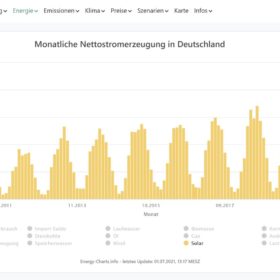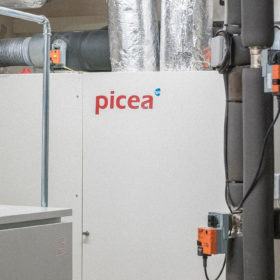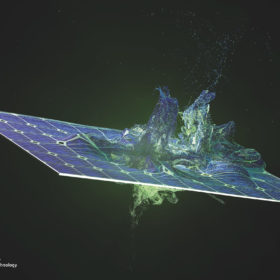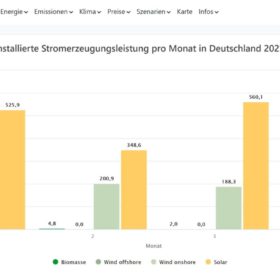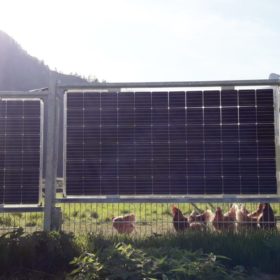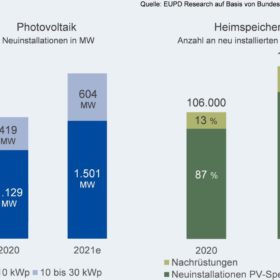PV was the largest electricity source in Germany in June
The photovoltaic systems installed in Germany produced almost eight terawatt-hours of solar power in June alone. The previous record had been set in June 2019. Solar covered around 20.6 percent of the country’s electricity demand last month.
Germany deployed 403 MW of PV in May
According to new statistics, the rooftop PV segment saw a small contraction in May.
Solar mandatory on new buildings in Berlin from 2023
Under the new provisions, which will come into force in 2023, a photovoltaic system will have to cover at least 30% of the roof area of a new building.
Austria deployed 341 of new PV in 2020
The country’s cumulative PV capacity exceeded 2 GW at the end of 2020.
Hydrogen-based storage system for residential applications
The system is based on a power-to-gas hydrogen technology and is intended to enable one and two-family homes to have an independent power supply throughout the year.
New process to recycle silicon, silver and glass from end-of-life PV panels
A €4.8 million EU-funded research project is aiming to develop a process that allows recovering all components of a photovoltaic module.
Germany deployed 620 MW of solar in April
A large amount of April’s new PV capacity is represented by ground-mounted solar projects selected in tenders. By contrast, demand for PV systems ranging in size from 300 to 750 kW, has declined.
Next2Sun unveils bifacial photovoltaic fence
The solar fence has an output of 400 W per fence section. It is built with heterojunction or n-type PERT bifacial cells developed by the German start-up and relies on its vertical mounting technology for bifacial photovoltaic panels.
Germany may install 150,000 residential batteries this year
German market research company EUDP Research expects 85% of the new storage systems will be used in new PV systems and 15% in existing installations.
CNBM wants to set up GW-scale production of CdTe solar panels in China
German PV production equipment provider Singulus will supply the vacuum coating systems for the new production. The Chinese conglomerate currently operates CIGS panel production facilities at four different locations in China.

